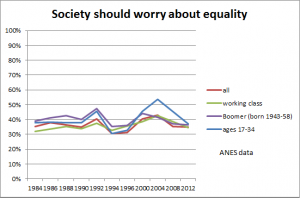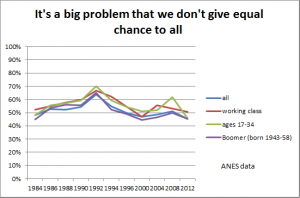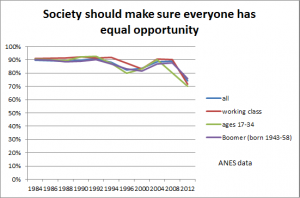The 28-page issue guide, Safety and Justice: How Should Communities Reduce Violence?, written by Tony Wharton was published on National Issues Forums Institute site on January 2017. This issue guide provides three options for deliberation around how communities should address the violence within their communities. In addition to the issue guide, there is a moderator’s guide and a post-forum questionnaire, all available to download for free on NIFI’s site here.
From NIFI…
 After falling steadily for decades, the rate of violent crime in the United States rose again in 2015 and 2016. Interactions between citizens and police too often end in violence. People are increasingly worried about safety in their communities.
After falling steadily for decades, the rate of violent crime in the United States rose again in 2015 and 2016. Interactions between citizens and police too often end in violence. People are increasingly worried about safety in their communities.
Many Americans are concerned that something is going on with violence in communities, law enforcement, and race that is undermining the national ideals of safety and justice for all.
It is unclear what is driving the recent rise in violence, but bias and distrust on all sides appear to be making the problem worse. Citizens and police need goodwill and cooperation in order to ensure safety and justice. For many people of color, the sense that they are being treated unfairly by law enforcement—and even being targeted by police—is palpable. Others say police departments are being blamed for the actions of a few individuals and that the dangers, stress, and violence law enforcement officers face in their work is underestimated. Still others hold that if we cannot find ways to defuse potentially violent interactions between citizens and police, we will never be able to create safe communities in which all people can thrive and feel welcomed and comfortable.
How should we ensure that Americans of every race and background are treated with respect and fairness? What should we do to ensure that the police have the support they need to fairly enforce the law? To what degree do racial and other forms of bias distort the justice system? What should we do as citizens to help reduce violence of all kinds in our communities and the nation as a whole? How should communities increase safety while at the same time ensuring justice? This issue guide is a framework for citizens to work through these important questions together. It offers three different options for deliberation, each rooted in different, widely shared concerns and different ways of looking at the problem. The resulting conversation may be difficult, as it will necessarily involve tensions between things people hold deeply valuable, such as a collective sense of security, fair treatment for everyone, and personal freedom. No one option is the “correct” one; each includes drawbacks and trade-offs that we will have to face if we are to make progress on this issue. They are not the only options available. They are presented as a starting point for deliberation.This issue guide presents three options for deliberation:
Option One: “Enforce the Law Together”
Expand policing while strengthening community-police partnerships. According to this option, residents and police officers in every community should focus on working together in ways that ensure that everyone feels safe. Americans should be able to expect that they can go about their daily lives, taking reasonable precautions, without becoming the victims of violence.
Option Two: “Apply the Law Fairly”
Remove injustices, reform inequities, and improve accountability. This option says that all Americans should be treated equitably, but that too often, some people are treated unfairly due to systemic bias throughout the criminal justice system and, in many cases, the way police go about their work.
Option Three: “De-escalate and prevent violence”
Address the causes of violence and take direct actions to disrupt conflict. BY ANY MEASURE, the United States is far more violent than other large developed nations. While violent crime has declined over the past decades, there is still far too much day-to-day violence, and the threat of it, in many communities. Many US cities have more murders than much larger countries.
 About NIFI Issue Guides
About NIFI Issue Guides
NIFI’s Issue Guides introduce participants to several choices or approaches to consider. Rather than conforming to any single public proposal, each choice reflects widely held concerns and principles. Panels of experts review manuscripts to make sure the choices are presented accurately and fairly. By intention, Issue Guides do not identify individuals or organizations with partisan labels, such as Democratic, Republican, conservative, or liberal. The goal is to present ideas in a fresh way that encourages readers to judge them on their merit.
Follow on Twitter: @NIForums
Resource Link: www.nifi.org/en/catalog/product/free-safety-and-justice-issue-guide-downloadable-pdf





 Somehow, a culture’s inner values, myths and aspirations must be brought into alignment with deep ecological principles, said Jacke. That encapsulates the challenge we face in pursuing a “regenerative descent,” or the “commons scenario,” in the wake of peak energy.
Somehow, a culture’s inner values, myths and aspirations must be brought into alignment with deep ecological principles, said Jacke. That encapsulates the challenge we face in pursuing a “regenerative descent,” or the “commons scenario,” in the wake of peak energy.




